BLOG
Categories
Success Stories from Adoption Assistance Program (AAP) Participants: Inspiring Journeys and Achievements
Understanding Adoption Assistance Programs
Adoption Assistance Programs (AAP) provide essential support to families who adopt children, especially those with special needs. These programs help maintain stability and permanency for children leaving foster care.
Key Benefits:
- Financial Support: Families can receive subsidies to help cover costs associated with adopting and raising a child.
- Medical Aid: Many programs, like Medi-Cal, ensure adopted children have access to necessary healthcare services.
State child welfare agencies collaborate with federal funds to provide these supports. This collaboration ensures resources are available for both the child and the adoptive family.
Adoption assistance is often crucial for youth coming from foster care. Without it, permanency for these children could be difficult to achieve. By offering financial help, the program helps alleviate some of the challenges adoptive parents might face.
The involvement of juvenile court and child welfare services is significant. They work together to determine the eligibility of a child for the AAP.
These programs make adoption more accessible by easing the financial burden on families. This is vital to promote long-term stability and care for children leaving the dependency system.
Eligibility and Benefits of AAP
Understanding the eligibility and benefits of the Adoption Assistance Program (AAP) provides clarity for prospective adoptive parents and participants. The program aids in supporting children in foster care with various financial and medical benefits, from initial adoption through extended support for nonminor dependents.
Eligibility Criteria for Participants
To qualify for the Adoption Assistance Program, you must meet specific criteria.
Adoptive parents need to be involved in a plan aimed at providing a stable environment for the child.
Children typically qualify if they have a special need or belong to a group known to face barriers in placement, such as being part of a sibling group.
These criteria, set forth by frameworks like the California Fostering Connections to Success Act, are designed to encourage adoption by reducing financial uncertainty. Kin-GAP beneficiaries also receive similar criteria to ensure children under kinship guardianship have access to support.
Financial and Medical Benefits Offered
AAP provides children and their adoptive families with financial aid to cover necessary expenses.
A negotiated monthly payment helps cater to the child's everyday living needs, addressing concerns like food and housing costs.
There is also coverage for medical insurance through Medicaid or Medi-Cal, which provides essential health care services and mental health services.
In addition to ongoing benefits, the program may cover some nonrecurring expenses, such as legal costs related to the adoption process.
These financial aspects alleviate the fiscal responsibility of adopting a child with special needs or from foster care.
Extended Support for Nonminor Dependents
For youth aging out of traditional adoption services, AAP extends benefits under certain conditions.
Young adults may qualify for continued support until age 21 if they satisfy any of the five participation criteria outlined in regulations like AB 2454. These conditions focus on education, employment, and special needs.
Such extended support aims to provide a safety net for nonminor dependents as they transition to adulthood, offering financial and health care assistance.
Programs like extended Kin-GAP ensure that even older youth in kinship guardianships receive necessary backing during this critical period.
Impact of AAP on Child Well-being
The Adoption Assistance Program (AAP) plays a crucial role in enhancing the well-being of children. By providing stability, addressing mental health challenges, and supporting education, AAP creates lasting changes in their lives.
Creating Permanent Homes
AAP helps families offer permanent homes to children who might otherwise remain in foster care.
Stability is key for children's well-being, as it fosters safety and emotional ties with their adoptive families.
In addition to emotional security, a permanent home allows children to build lasting friendships, attend the same school, and develop a sense of belonging. This environment is instrumental for their emotional and mental growth.
Addressing Mental and Emotional Health
Children in foster care often face mental and emotional health challenges. The AAP provides resources that address these issues, ensuring children receive necessary support.
Therapy and counseling services are often covered, helping children work through past traumas and improve their emotional resilience.
Support groups may also help them share experiences and feel less isolated in their journeys.
Educational Support and Early Literacy Programs
Educational challenges are common among adopted children.
AAP includes support for educational needs and early literacy programs, which are essential for academic success.
These programs focus on providing tutoring and resources that prepare children for educational milestones.
Early literacy initiatives are crucial in helping younger children develop strong reading skills to improve their overall educational experience.
Cultural and Ethnic Considerations
Recognizing and respecting a child’s cultural and ethnic background is important for their identity and well-being.
AAP encourages families to embrace these aspects to ensure children feel proud of their race and heritage.
By involving children in cultural activities and teaching them about their ethnic backgrounds, families can nurture a strong sense of self. This approach helps children feel more connected and accepted within their communities.
Navigating the Legal Aspects of Adoption Assistance

Understanding the legal framework of adoption assistance can be complex but crucial for successful adoption. Key areas include the application process and necessary documentation, the juvenile court's role, and the importance of access to records and legal aid.
Application Process and Documentation
The application process for adoption assistance begins with gathering all necessary documents.
This includes filling out forms related to financial status, the child's background, and any special needs.
Agency adoption may require additional paperwork that details the transfer of custody from the agency to you.
In the case of independent adoption, you must handle more steps independently.
This can mean acquiring background checks and preparing home study reports.
It's essential to ensure all information provided is accurate and complete to prevent delays. Always consult with a professional if you’re unsure about any requirements.
The Role of Juvenile Court
The juvenile court plays a significant role in the adoption assistance process.
It has the authority to grant or deny dependency status, which is crucial for accessing certain benefits. Your participation in court hearings is often required.
During these hearings, the court examines evidence of your ability to provide a stable home.
The court also ensures the child's well-being and that the adoption is in their best interest.
It's important to understand the specific procedures and what is expected from you during these sessions. Preparing in advance can help make the process smoother.
Legal Aid and Access to Records
Access to records is your right but can sometimes be challenging to obtain.
Legal aid services can assist you in retrieving important adoption records, which may include medical histories and previous placement information.
This information is often vital for making informed decisions about the child's care.
It's important to understand which records you are entitled to and how to request them.
Legal aid professionals can guide you through this process and help address any obstacles.
They can also assist in understanding your rights and responsibilities under the law, ensuring that you meet all legal requirements effectively.
Success Measures and Program Improvement

Adoption Assistance Programs (AAP) help many children and families by providing essential resources and support. Key factors in measuring success include outcomes for children and youths, assessments through reviews, improvement plans, and program oversight.
Outcomes for Children and Youths
Evaluating the outcomes for children involved in Adoption Assistance Programs is crucial.
Success is measured by their stability, safety, and well-being.
Indicators include reduced incidents of abuse or neglect, fewer moves between foster homes, and improved educational achievements.
Foster children and victims of abuse benefit greatly when they're placed in stable homes.
This helps them develop stronger emotional bonds, lessen trauma, and enhance their life skills.
Monitoring these outcomes enables agencies to ensure children are getting the most from the programs.
Child and Family Services Review (CFSR)
The Child and Family Services Review evaluates state-level child welfare programs.
You can consider it a quality check to see how well services protect children.
CFSR looks at the safety, permanency, and well-being of children, using specific measures and performance indicators.
This review helps identify systemic strengths and areas needing improvement.
It informs state agencies about how they are performing and where attention is required, so they can better care for children in foster care or AAP.
Developing a Program Improvement Plan (PIP)
A Program Improvement Plan (PIP) is essential when an evaluation shows gaps or issues.
It sets specific goals and actions to improve the program.
The plan often includes strategies like training staff, enhancing resources, and improving procedures.
In a PIP, you might focus on reducing incidents of sexual abuse, improving sibling group placements, or fostering better transitional independent living case plans.
Each action aims to enhance the experiences and outcomes for youths and families in the program.
Program Oversight and Technical Assistance
Program oversight involves regular monitoring to make sure services are effective and aligned with their goals.
Technical assistance plays a key role here, offering guidance and support to implement best practices.
The Administration for Children and Families often participates in providing oversight and assistance.
This ensures that state and local agencies are equipped to handle complex issues, such as supporting volunteers and better addressing the needs of youths transitioning out of care.
Frequently Asked Questions

Adoption Assistance Programs (AAP) often lead to life-changing experiences for families. Participants share stories about improved family dynamics, the process of adoption, and the positive effects of financial support.
What are common positive outcomes reported by participants in Adoption Assistance Programs?
Families often say that AAPs create a supportive environment for both parents and children.
Many participants experience increased stability in their families and better emotional well-being.
Children benefit from the additional resources and support, and parents feel more prepared to meet their needs.
How do AAP participants describe their experience with the adoption process?
Many AAP participants find the process to be smoother and more manageable.
The support provided helps with understanding procedures, filling out paperwork, and accessing services.
Families often appreciate the guidance given throughout the process, making it less stressful and more predictable.
What impact does adoption assistance have on adopting a newborn?
Adoption assistance can ease the financial burden associated with adopting a newborn.
It helps cover costs like medical expenses and necessary supplies for the baby.
This support allows families to focus more on building bonds, knowing they have help to manage the initial costs.
Can adoptive parents share their stories of navigating the Adoption Assistance Program?
Yes, many adoptive parents openly share their AAP experiences.
These stories highlight the positive influence of financial assistance and access to resources.
Sharing experiences also helps other families understand how to effectively use the program to achieve their adoption goals.
What are some of the adoption success stories that include birth mothers?
Success stories often focus on the ongoing relationships and open adoptions between adoptive families and birth mothers.
Many such stories emphasize mutual respect and communication. These qualities help provide a supportive environment for the child.
How does the financial support from an Adoption Assistance Program affect the adoption journey?
Financial support from AAPs significantly reduces stress about meeting a child’s needs.
This assistance often includes funds for healthcare, special education, and daily living expenses.
Families report feeling more secure and capable of providing a nurturing environment thanks to this financial help.
RECENT POSTS
Bringing and keeping families together!










